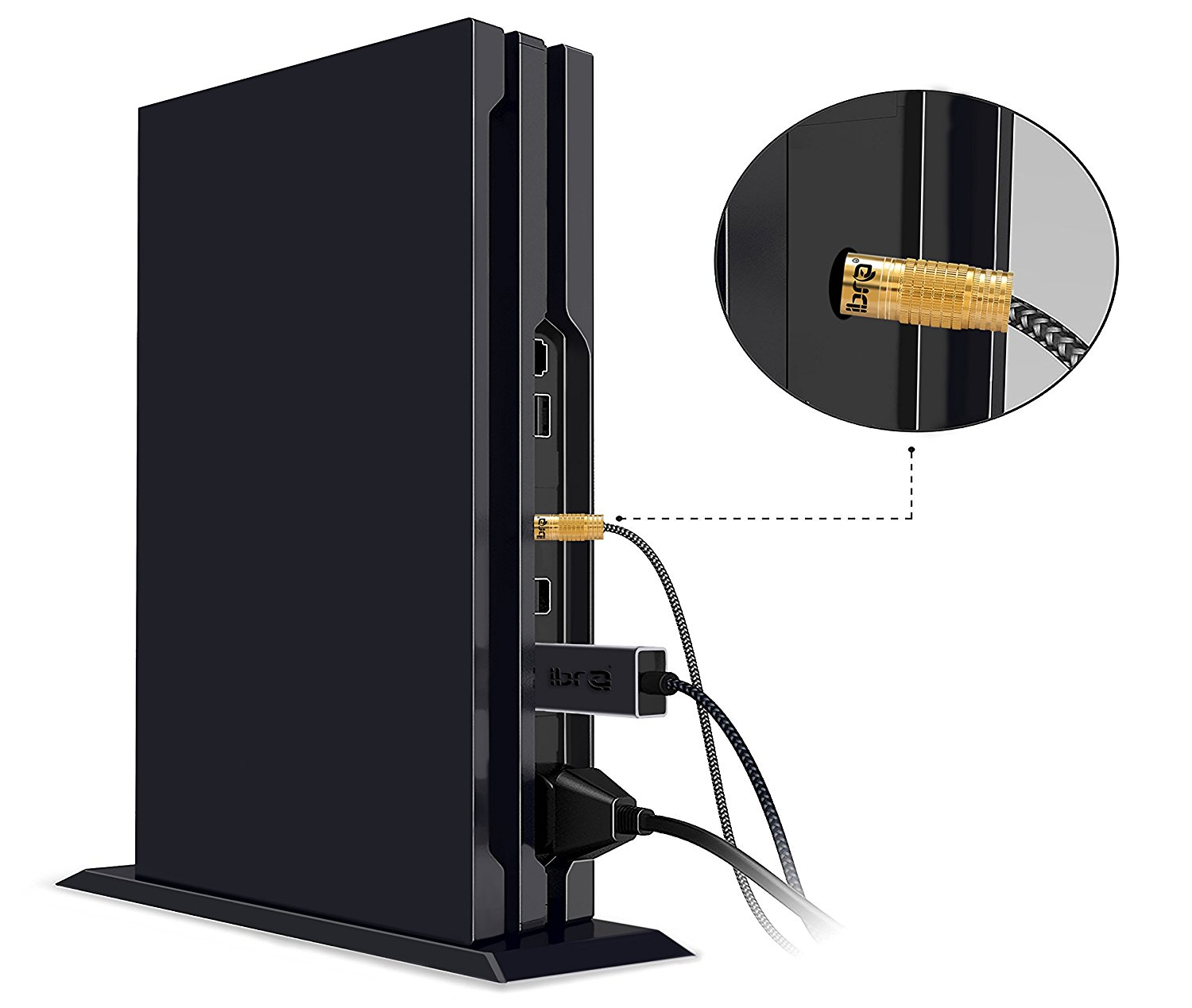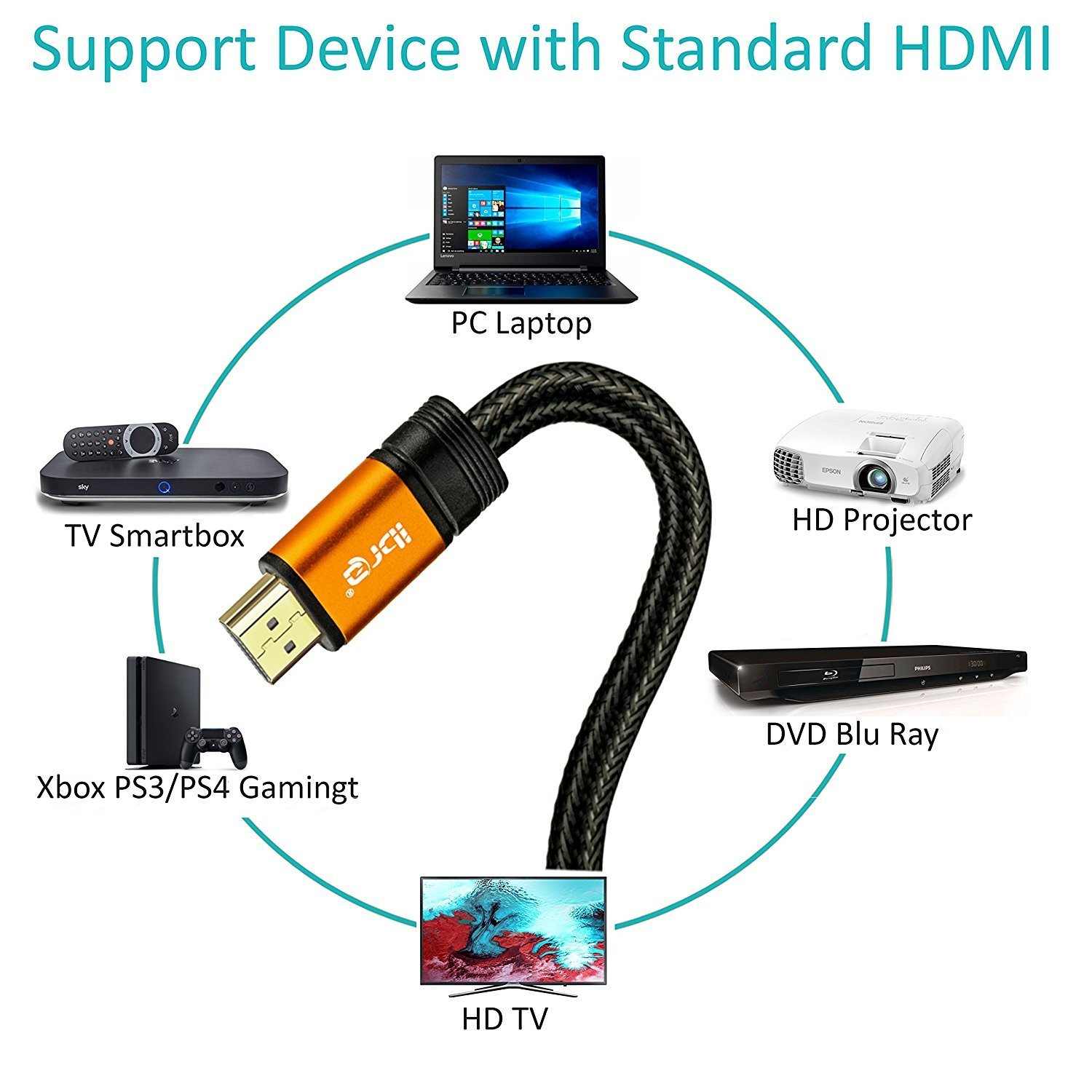HDMI or Optical Which is Better for Sound Quality?

If you have purchased the latest version of the soundbar or AV receiver; then you must know it is how tricky to select the right brand and the model as well. However, the struggle does not end here. There is another important decision of selecting the cable is still pending.
While checking at the market or the online shops; you can see the options of HDMI and Optical cables for digital audio support. And if you are still thinking that it is like the good simple old days of coaxial cables that used to get the audio and video signals to your Television set. With time, the wiring technology has taken a leap and now there are so many high-end systems associated with a sound like Blu-ray player, gaming console, or home theatre system. So, selecting the right cable is an important decision to take.
Challenge you may receive:
While selecting the sound cable, you can find that most people recommend the HDMI cable that has replaced the coax cables. However, for soundbars or A/V receiver; you may face some issues. The reason is that the standard HDMI is not compatible with the two-way audio transmission. For example, in case the signal from the receiver delivers to your television, it cannot run back again. To get rid of the problem you need HDMI ARC (Audio Return Channel) cable. On the other way, you can also use the fiber optic cable or popularly known as optical cable.
Still, confused? Here is an elaborate discussion on the same to go away with all the perplexities.

Let’s start with the basics!
If you consider the functionality, then we can say that both the HDMI and optical cable have the serve same purpose which is transforming the audio file from one device to another. You cannot find any difference while passing the multichannel audio like Dolby Digital. Both the cables have come far from the analog cables (the basic red and white cable). Another important similarity is that both cables are pretty affordable as well.
If you want to check the differences, then the major one is the resolution of the audio file as the HDMI is able to pass higher resolution audio formats like Dolby TrueHD and DTS HD Master audio that you generally find in the Blu-ray device. On the other hand, the fiber optics cable is not capable of delivers these higher sound formats. Moreover, the HDMI can pass through the video signals as well. So, when you select the HDMI cables; you won’t have the hassle to manage multiple cables like earlier times.
Now it comes to the device with which you want to connect. The device may have an old receiver or don’t have the option of HDMI at all. In some other cases, you have already in the place that is connected to the TV and you want only the audio from the soundbar, then the optical cable is the perfect choice for the situation. You will receive quality sound just like the way you get by HDMI cable.

For example, you have bought a soundbar that supports surround sound signals. In case, you have one of such TVs that are not able to pass the surround sound signal through the optical outputs. Most of the time, those soundbars don’t come with HDMI input as well. In that situation, the best practice is to connect the source to the bar through the optical cable but you need to skip the TV though.
HDMI vs Optical: Which digital-audio connection to use?
Now we will come to the comparison of the HDMI and Optical cable. Here we will discuss each possible feature and compare both of the cables in that light only.
Construction:
For the HDMI cable, copper is the main component. This material is quite cheap and the scope of interference is quite high with it. On the other hand, for the optical fiber, the main component is fiber optics which is a bundle of thin and tiny glass strands. This material is quite expensive and it does not transmit electricity but light signal. The scope of interference is also quite low here. Moreover, the cable is wrapped up in a dark sheath to prevent other light sources to enter.
Length:
The limit of the length is not an important feature for many but for some. There are some special categories of users who want custom-design media rooms for which they need an extensive length of cable. No matter which cable you choose, the signal quality will hamper when the data travels for a longer length.
While selecting the cable among HDMI and Optical; chose that which is shorter than the other. It is recommended that the optical cable must be around 10 meters for the best sound effect though many people use it for 30 meters as well. For HDMI, there is no such recommendation but for the best sound quality keep it not more than 5 meters. So, if you want to cover a longer distance, you must go for the optical choice.
Sound:
The HDMI cable is compatible with Dolby Digital Plus, TrueHD format, and DTS HD, whereas, the optical fiber can support surround sound of up to 5.1 channels. You may find that almost all the TV channels are broadcast in surround sound only. However, there are some Blu-ray devices that provide enhanced sound experience. And for that reason, for watching any video from a Blu-ray device, you should select the HDMI Cable.
Video:
You don’t need to use two separate cables for audio and video while you are using the HDMI one. However, if you have an optical cable only, then you need to support another cable to transmit the video signal. So, spending on two separate cables will be a costly affair than buying only one HDMI cable. It is advisable to make the final purchase decision only after thorough research only.

In a nutshell!
If you have the requirement for both the audio and video, then it is advisable to go with an HDMI cable. They are quite cost-effective and moreover simplified as well. In case, the gadget you are using does not have the HDMI option, then maybe you will not able to get the benefits of the high-end video resolution of Blu-ray devices. If you don’t have any decent gear, then Dolby Digital is quite good but it will not deliver the quality sound for the formats like Dolby TrueHD and DTS HD MA.
In the end, the individual requirement will also play a huge role. For a decent audio result, an optical cable is a good option. However, we must go for convenience and HDMI is the one common solution for all the audio and video requisitions.






